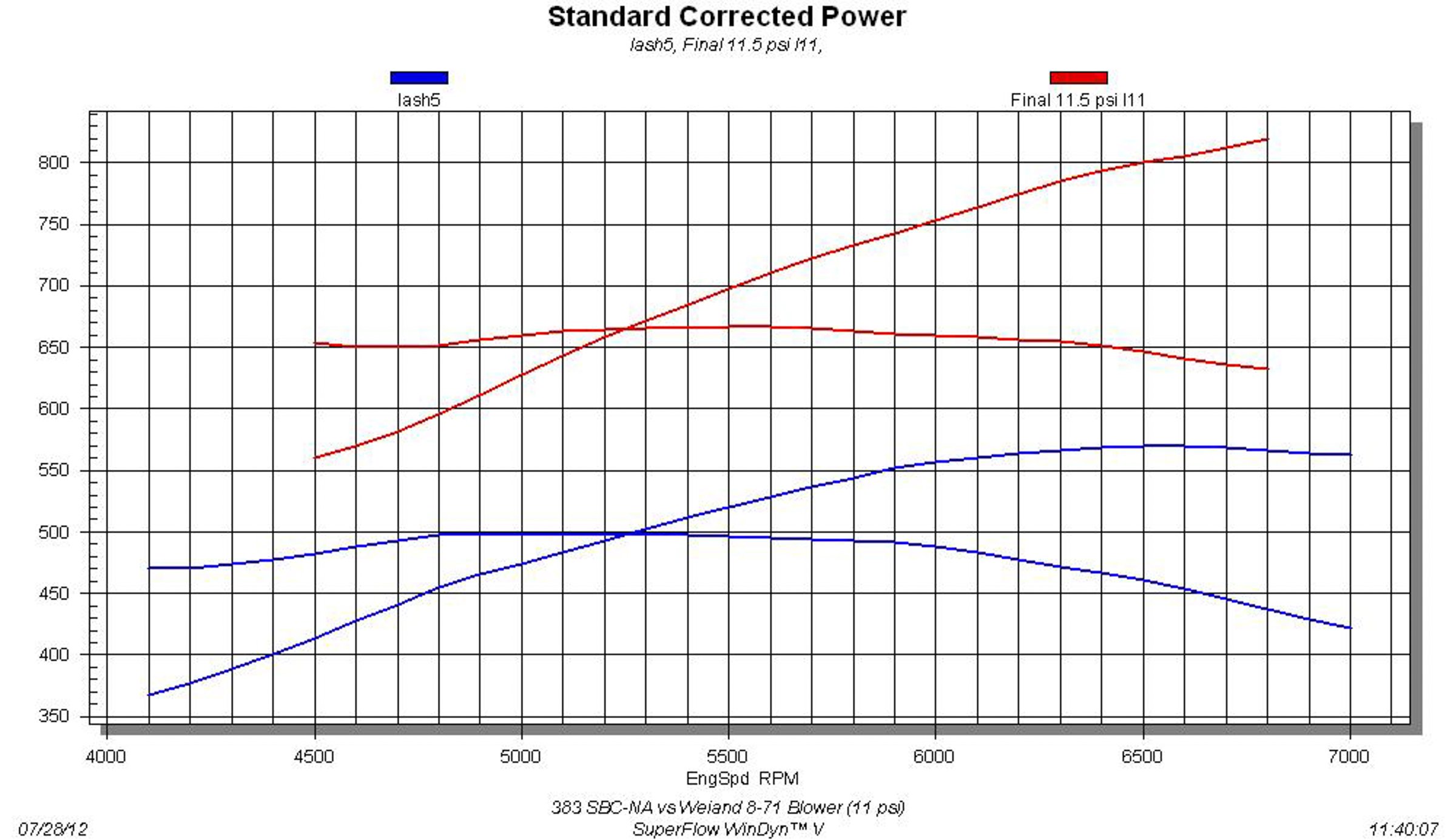

If the cams being compared rate the advertised duration at the same lift, the cam with the shorter advertised duration compared to the 0.050” duration should be the cam with the more aggressive ramps. When comparing similar application cams, is the cam that has its 0.050-inch duration numbers closest to its advertised duration numbers the better cam because it is “quicker?” In other words, can you determine the “better cam” by subtracting 0.050-numbers from advertised numbers i.e., the smallest remainder after subtracting indicates a better cam because it’s more aggressive?Ī. There are a few examples where increased lift will not improve performance due to decreased velocity through the port, but these are typically in the race engine world (0.650” to 1.000” valve lift.) Valve to piston clearance is dependent on duration and ramp design, not maximum lift but you should check clearance when making substantial changes to the cam, heads, or pistons. One must chose the proper valve springs to handle the increased lift, and the heads must be set up to accommodate the extra clearance needed. The main drawbacks to high lift have to do with dependability. Short duration cams with relatively high valve lift can provide excellent responsiveness, great torque, and very good power resulting in a very fun combination to drive. Designing a cam profile with increased lift should result in increased duration in the high lift regions where cylinder heads flow the most air. Should one always try to pick a cam that has as much lift as possible in relation to duration? In other words, given two cams with the same duration, should you always go with the cam that has the most lift per degree of duration? Or is it possible to have too much lift?Ī.


 0 kommentar(er)
0 kommentar(er)
